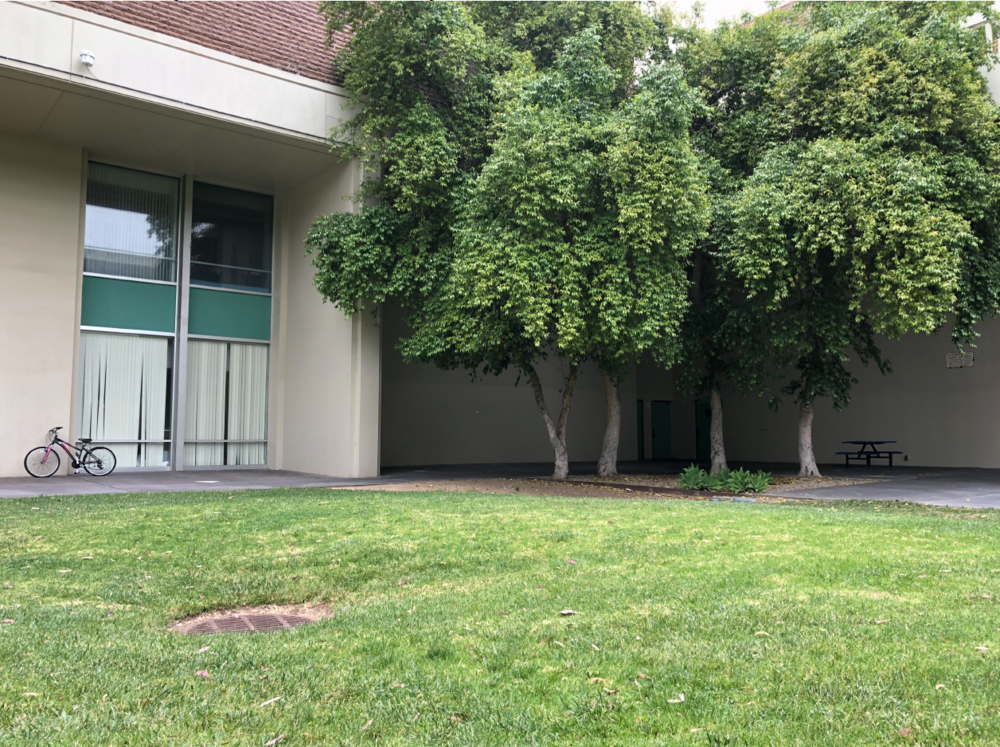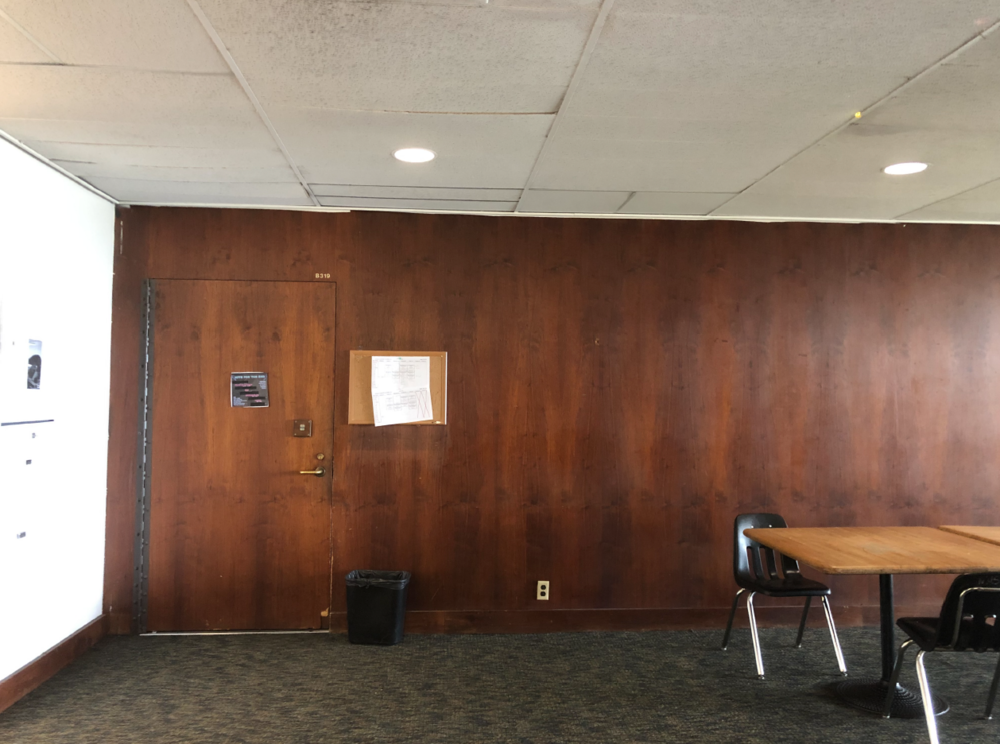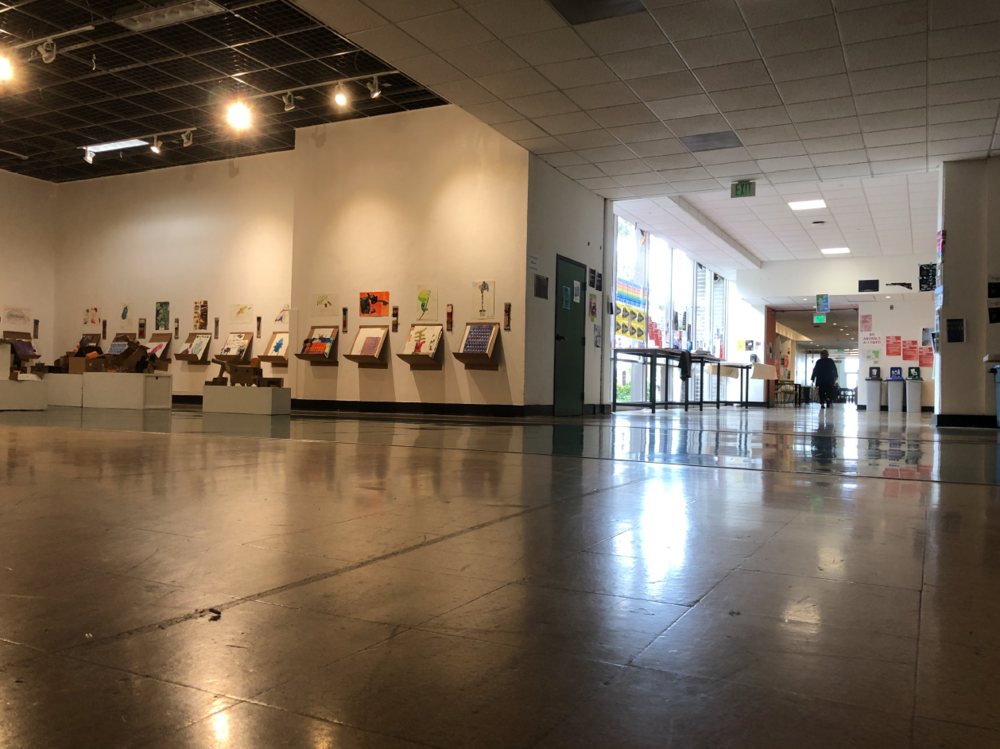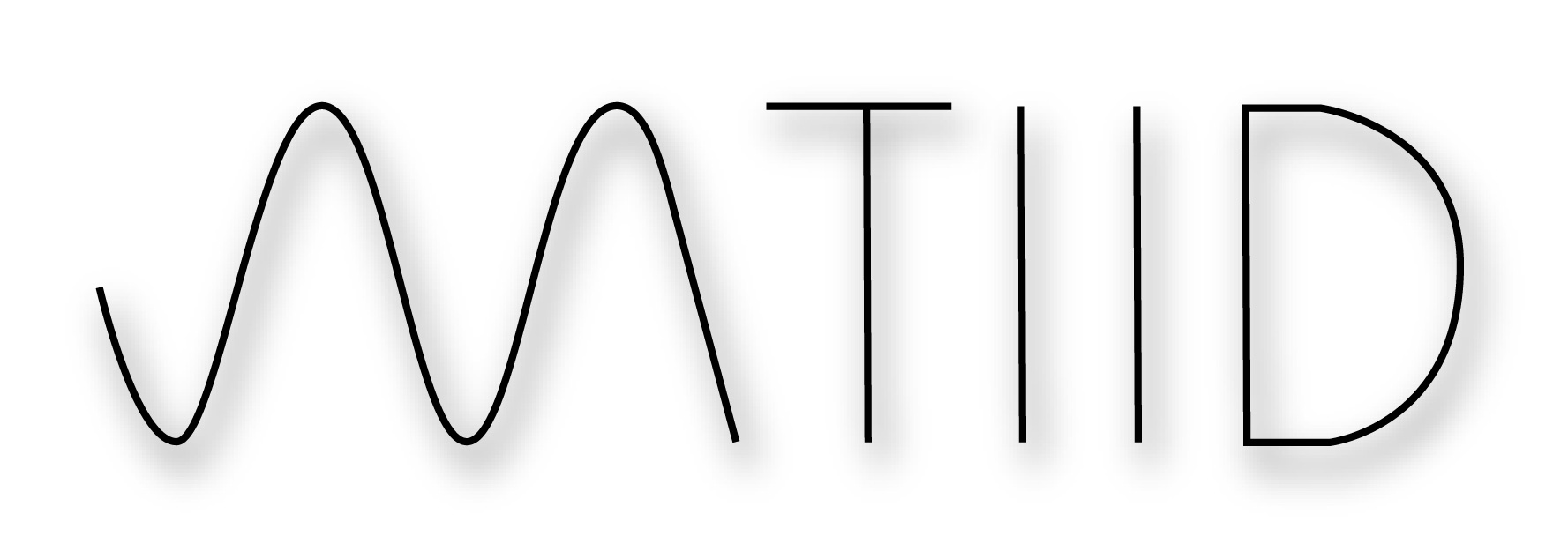JEONG WOO SEO

People and place exist on a one plane and when digitally sonified another another plane is revealed. If one is to begin creating tools to, rekindle the relationship between humans and the place they inhabit, they must understand the multiple place(s) in which people and place are supported upon.
OBJECTIVE
To explore place and one’s relationship to it, through sonic spacialization.
AIM
Act as a tool to rekindle the relationship between humans and the place they inhabit.
HYPOTHESIS
A different perspective in regards to the relationship between people and place will be revealed.
MATERIALS
1. Chuck Drum Machine (From Wekinator Examples)
2. Wekinator
3. Processing Simple webcam (From Wekinator Examples)
PROCEDURE
Select three locations:
1. location with little to no traffic,
2. Location with moderate traffic, and
3. location with relatively high traffic.
Open simple webcam and with a 5.5×8.7 piece of paper record five points at the following distances: 12 inches away from camera, 24 inches away from camera, 36 inches away from camera, 48 inches away from camera, and 60 inches away from camera. For each new point randomize drum pattern. Train on Wekinator. Run system at each location for fifteen minutes. Collect results.
OBSERVATIONS AND DATA
The location with little to no traffic had the fewest sonic changes over time, and the location with the relatively high traffic had the most sonic changes over time.
CONCLUSIONS/SUMMARY
The experiment’s objective was to explore place and one’s relationship to it, through sonic specialization and its’ aim to act as a tool to rekindle the relationship between humans and the place they inhabit. The hypothesis being that a different perspective in regards to the relationship between people and place will be revealed. The experiment was conducted through visual data collection, which was than sonified with the use of ChucK, Wekinator, and Simple Webcam. The result was that the location with little to no traffic had the fewest sonic changes over time, and the location with the relatively high traffic had the most sonic changes over time.
There were a few errors made throughout the experiment. First, the position of the 5.5×8.7 piece of paper was not positioned at a consistent position in relation to the screen surface area for each recording. Second, much of the traffic occurred beyond the maximize distance used to record data that being 60 inches. Third, the location selection for moderate traffic, had little to no traffic. Fourth, the five points had a possible 3~10 inch divergence from the set distances of (12 inches, 24 inches, 36 inches, 48 inches).
The experiment accomplished the objective, which was to explore place and one’s relationship to it, through sonic spacialization. Through the experiment it was shown that using technology in the above manner did not act as a tool to rekindle the relationship between humans and the place they inhabit nor enhance/diminish the experiences people have with the place. Rather it served as a tool to sonically interpret people and the inhabited place. With this the hypothesis “a new perspective in regards to the relationship between people and place will be revealed” holds validity in that the experiment did in fact reveal a different perspective which is the following: people and place exist on a one plane and when digitally sonified another another plane is revealed. If one is to begin creating tools to, rekindle the relationship between humans and the place they inhabit, they must understand the multiple place(s) in which people and place are supported upon.




